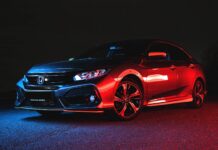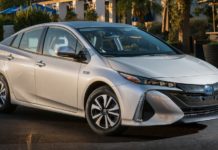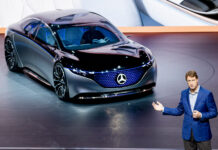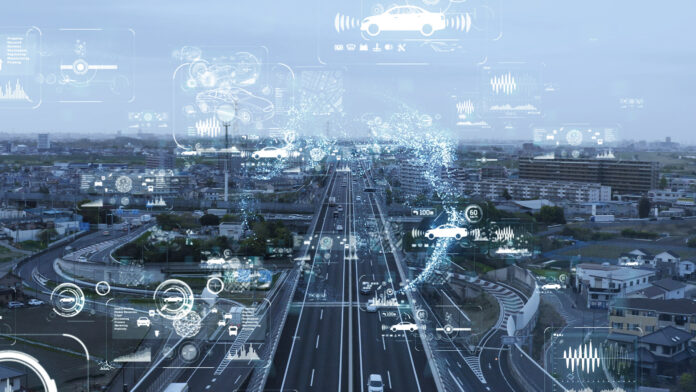
Although many automakers have dabbled with the technology, hybrid Toyota cars like these, most notably the Prius, are credited with popularizing hybrid technology and bringing it to the mainstream. It is also the world’s top-selling hybrid car. Considering that the motorcar has been around in some shape or form since 1885, hybridization is a very recent technology. And while there will be tons of them around pretty soon, they’re the face of a changing world, not a changed one. At most, hybrid technology can be seen as a transitionary technology between internal-combustion-engine cars (ICEs) and the future of battery-electric vehicles (BEVs).

What Is A Hybrid Vehicle?
A hybrid vehicle combines a traditional ICE engine with an electric motor and battery pack as the vehicle’s propulsion system. A self-charging hybrid charges its battery while driving and a plug-in hybrid electric vehicle (PHEV) is charged via an electrical outlet and can only partially recharge its battery, preferring not to waste fuel to do it, further improving fuel economy. Several variations on the theme are described under the umbrella term of a hybrid vehicle. The purpose of partial electric propulsion is to improve gas mileage and reduce running costs.
Toyota Hybrid Vehicles
As the world leader in hybrid technology, Toyota currently offers no fewer than ten 2024 hybrid models for sale in the USA:
- Prius and Prius Prime
- Corolla Hybrid sedan
- Camry Hybrid sedan
- RAV4 Hybrid and RAV4 Prime crossover SUVs
- Venza crossover
- Avalon Hybrid sedan
- Highlander Hybrid mid-size SUV
- Sienna minivan
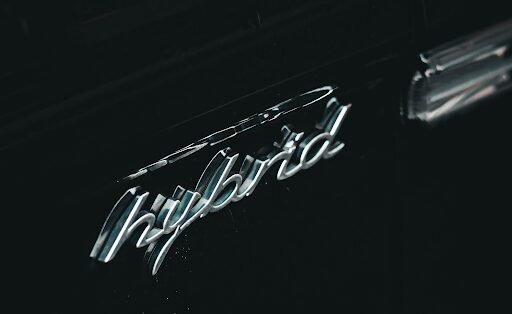
Pros And Cons Of Hybrid Vehicles
It’s not all moonshine and roses, though and there were bound to be both pros and cons when it comes to installing two propulsion technologies in one car. That said, the pros outweigh the cons:
Pros
- Environmentally friendly. Hybrids shut down their ICE engines a lot, especially in city traffic, and can usually drive short distances at low speed on electric power only. They emit far fewer emissions than ICE cars and drive far more miles per gallon of gas.
- Self-charging. Hybrids charge themselves while driving and via regenerative braking when slowing down. This means that lost energy is captured to recharge the battery, reducing losses and maximizing electric mileage. PHEVs are even more efficient.
- Lower daily maintenance. Hybrids require a little less maintenance. The ICE engine is used less, as are the brakes, thanks to regenerative braking.
- Good performance. Most hybrids offer good performance, their combined horsepower and instant electric torque making for spritely acceleration. For example, even the base model 2.5-liter Toyota Highlander Hybrid offers a decent 243-hp combined output.
- Incentives. Depending on your state, there may be tax incentives available when you buy an HEV or PHEV.
Cons
- Complication. Hybrids introduce extra complications, what with two different propulsion systems fitted and the computer system to integrate them as best it can.
- Weight. Due to the ICE engine, electric motor/s, and battery, a hybrid weighs significantly more than the equivalent ICE models, affecting handling. This is only partially compensated for by the weight helping with regenerative braking.
- Cost. The dual technologies are expensive in comparison with ICE cars, inflating their MSRP. However, the lower running costs will eventually offset the cost. Hybrids may also be more expensive to insure due to higher repair costs and a higher proportion of city driving. Even though batteries can last 200,000 miles, they will still be expensive to replace.
- Less space. The hybrid gadgetry and battery often eat into passenger and cargo space. This is especially true for ICE vehicles that have been converted into hybrid vehicles and have not been designed for the job from the outset.

Why Is Hybridization A Transitionary Technology?
Hybrids combine ICEs with EV technology to help ease us away from our dependence on fossil fuels. EVs are still relatively new and expensive and have not yet reached the economies of scale to take over from ICE cars for daily transport in all countries. Also, many countries don’t have the charging infrastructure that EVs require. Therefore, in order to meet emissions legislation, automakers are building hybrids to improve the mpg figures of their cars until technology and infrastructure have advanced sufficiently to entirely replace ICE cars.
Conclusion
Sooner or later most of the cars in the world will be hybrids. Some countries like Norway have already transitioned to an overwhelming majority of EVs, but such countries are still few and far between. Other developing countries have mostly ICE cars and not even very many hybrids yet. For such countries, ICE cars will still have to be produced for many years. More than likely, these will mostly be hybridized to some extent to reduce fuel consumption, until ICE cars are in mankind’s collective rear-view mirror. However, this is probably still several decades off.

